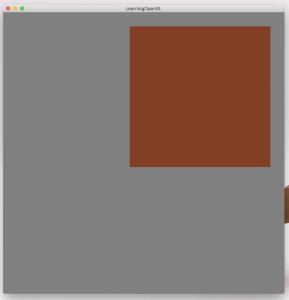This week I worked on adding audio and making improvements to the game UI. Adding audio to the game ended up being much more challenging than I had expected.
Last week I tried to add the libraries irrKlang, SMTL, and miniaudio, but they weren’t working for me. I had trouble linking them them into the project from within my CMakeLists.txt. In my status update for last week, I mentioned that I wanted to try to add the audio library SoLoud to the code base. I tried linking that as well, but it wasn’t working out. Eventually, I came across a sound library called PortAudio, and I was able to successfully add it to the game. I got a small sound demo working. The sound demo sounded terrible, because it played a simple saw wave, but it worked nonetheless.
In addition to adding PortAudio for playing sounds, I also added libaudiodecoder for reading wav and mp3 files.
Also, I updated the game GUI to show notes raining down towards the bottom of the screen.
For next week, I will be synchronizing the audio playback to the note scrolling, and I will also be working on decoding the beatmap JSON files. I would also like to work on detecting whether the player hit the beat at the correct time. I was a little bit behind schedule last week, but I feel like I’ve caught up now. We have from now until March 20 to reach our MVP, which is more than enough time to create a playable demo of the game.


